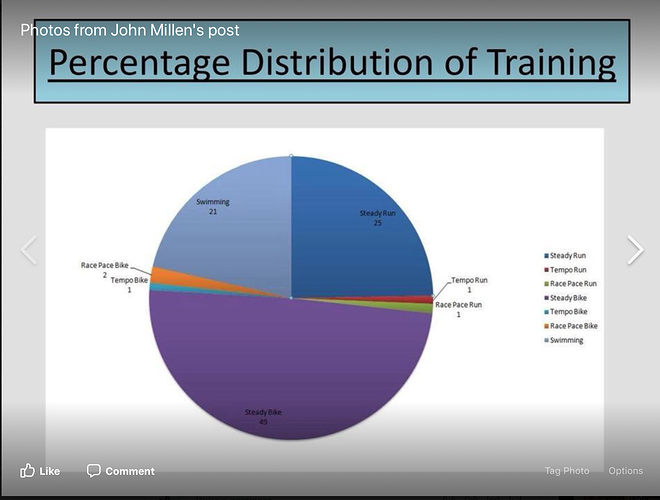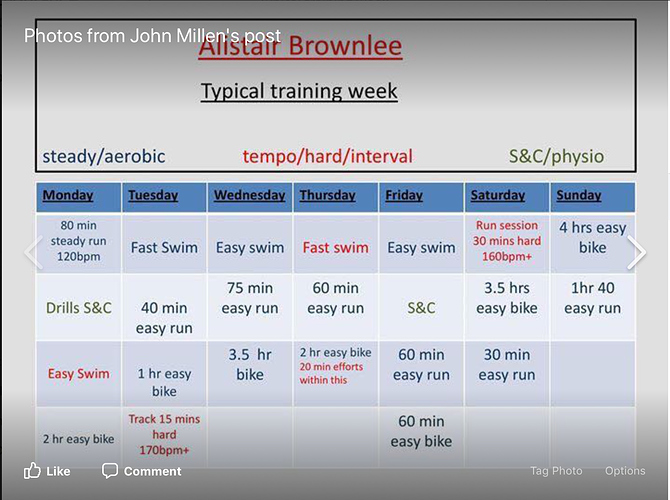So I have mentioned this a few times now but deserves his own thread.
For us Fata adapted athletes it is the perfect compliment to our WOE and life and course can be done for swimming, cycling and running. The basic premise is you train the majority fo the time at heart rate (180-age) so for me that is 135 bpm and lower.
Now Peter Defty spoke to Brad Kearns about the impact of fat adaption on this and a fantastic podcast can be heard here - http://primalendurance.libsyn.com/90-peter-defty-talks-optimized-fat-metabolism
Peter’s main contention is that you can be up to 10 BPM higher and still be in the MAF range , so for me at 145bpm.
This method was conceived by Dr Phil Maffetone and is explained here - https://philmaffetone.com/what-is-the-maffetone-method/
But in simple terms it means building up you aerobic base so say for a 20 min run under 135 for me I go faster and faster. This base then gives you a massive launchpad for higher HR and power efforts and more importantly saves a lot of stress on your body that doing doing too much HIIT can harm you.
As I posted in my Year review on here I have been doing this since April and the results became apparent in the last 2-3 months.
Have a read and see if it suits you and it suits us massively because we are training as fat adapted athletes, we already very good at processing fat and the FASTER study shows when going higher, still fat burning from a big base !






